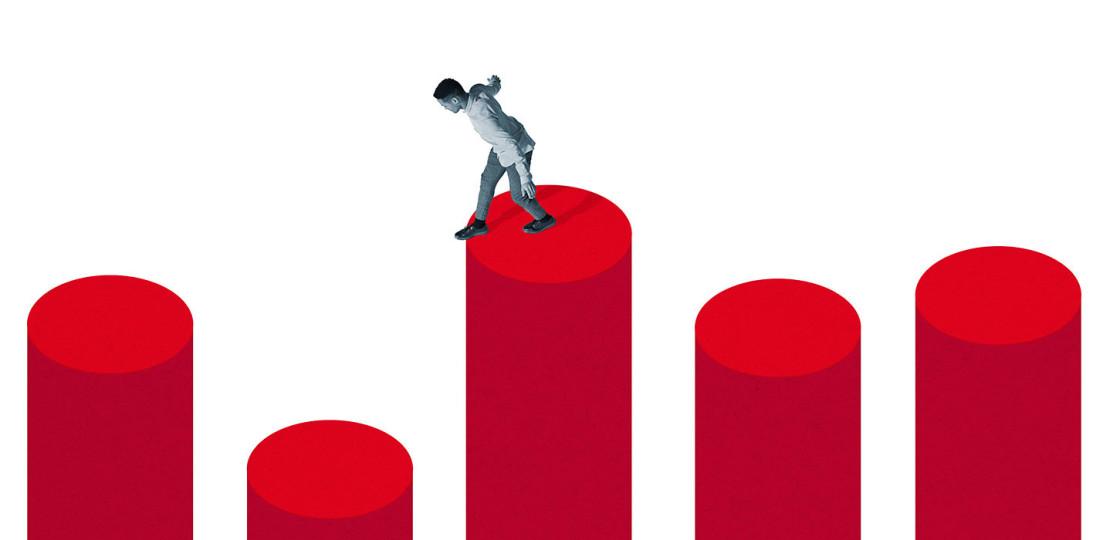Investment risks you need to know about: Longevity and currency risk

Get informed
Sign up for our fortnightly Compass newsletter
When you hear the word ‘risk’ the first thing that springs to mind is usually your investments losing value. In reality, it’s far more nuanced than that. In this series of Learn articles, we’ll introduce you to the main risks you’re exposed to as an investor.
Important: This article is for general guidance purposes only and should not be considered investment advice. If you are unsure about the suitability of an investment, please seek out advice. When you invest, your capital is at risk.
Our first article in the series also included a handy explainer on how you should think about risk. If you missed it, you can find it here.
And now, let’s look at longevity and currency risk…
Longevity risk
What is it? This is simply the risk of you outliving your retirement funds. People often save or plan for a certain number of years of retirement. If they live longer than expected, they may outlive their savings/investments.
"It’s often said that starting to invest for retirement as early as possible is one of the best ways to build a nest egg for when you stop work."
What can you do about it? It’s often said that starting to invest for retirement as early as possible is one of the best ways to build a nest egg for when you stop work.
Beginning to make regular contributions early means that your investments will have more time to have the effects of compounding applied to them.
You should also make sure that, when you do stop work, you’re invested in appropriate assets. Remember, you won’t be earning an income from your job anymore, so you’ll need access to your cash to cover living expenses.
Currency risk
What is it? This form of risk comes into play when investing in an asset that is priced in another currency.
Let’s say you – a UK buyer – purchase a pair of shoes from America that are priced at $100. At recent exchange rates, with $1 equating to about £0.89, these would cost you £89.
"If the dollar rises in value against the pound, the value of a US investment will also rise."
A movement in the exchange rate between pound sterling and US dollars, however, will change how much you’ll ultimately pay for the shoes. Imagine you delay your purchase for a month and exchange rates move. Those shoes still cost $100, but now $1 is equal in value to £0.95. You end up paying £95 for the shoes because of the changing relationship between the two currencies.
Those shoes could also get cheaper. If $1 was worth £0.80 at the time of purchase, you’d pay £80 for them.
These currency movements can impact your investments. If the dollar rises in value against the pound, the value of a US investment will also rise. When it’s sold, a UK investor can convert its value back to pounds and will benefit from an improved exchange rate. This, of course, works the other way as well. Initial investments in US assets will be more expensive for UK investors at a time when the dollar is strengthening against the pound.
What can you do about it? If you want to reduce your exposure, then some investment products – like ETFs – use financial instruments to “hedge out” the risk of currency fluctuations. You’ll often pay a slightly higher fee for these products, but the impact of foreign exchange movements will be reduced.
If you’re planning on investing in lots of assets priced in different currencies, it’s worth exploring foreign currency wallets should this option be available to you. This means you’d hold a cash balance in a foreign currency and use this to make investments priced in that currency. In doing so, you wouldn’t be exposed to exchange rates every time you made a trade.
Up next: We look at credit and liquidity risk. Previously: We looked at inflation risk and opportunity cost.
Capital at risk.



